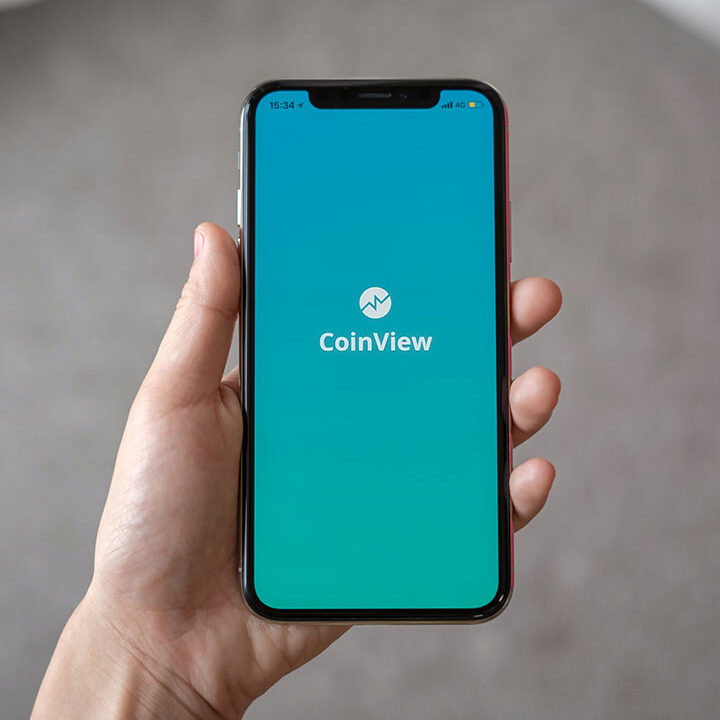You’ve probably experienced it yourself: whether in business or your personal life, you encounter a problem and think to yourself, “It’s surprising there isn’t already a solution for this!” At the dinner table, you discuss it with your partner, who agrees wholeheartedly. But what if you genuinely want to take the next step? Creating a software solution without technical knowledge, in the following steps, we’ll guide you from having an idea to creating a real product.
Step 1: Validate your problem
Of course, you’ve already validated your idea with your partner, family, and friends. Unsurprisingly, everyone thought it was a fantastic idea (except Peter, but he usually only likes his own ideas). So, you’re ready to go, right?
- What exact problem do I want to solve?
- Who experiences this problem?
- Who would be willing to pay to solve this problem, or are there other ways to monetize it?
Then, talk to potential users to validate this thoroughly. Remember, you’re validating the problem, not your solution!
Step 2: Outline your idea
Clearly describe what your software solution needs to accomplish. Create simple sketches or wireframes illustrating how users will utilize your solution to solve their problem. Tools like Figma, Miro, or even pen and paper work perfectly.
Finished this? Great! Now you have a validated problem and an initial outline of your solution. Since you’ve already interacted with potential users, it’s wise to check what they think about your solution. Got the green light? Proceed to the next step!
Step 3: Find technical support
Since you’re not technically skilled yourself, you’ll need assistance. Smart tools like ChatGPT can certainly help you move forward, but you’ll need more than that. Fortunately, there are plenty of options:
A. A technical business partner (like a CTO)
Someone with complementary technical skills who gets involved as a co-owner. You share costs and risks, and have a technical partner ensuring continuity.
B. Hiring freelancers
Platforms like Freelancer.com give you access to developers and designers. This option is flexible but requires strong communication and coordination.
C. A specialized software development agency
An agency manages the entire development process for you, from design and development to maintenance. They bring experience and guide you step by step.
D. Product-team as a service
You hire a flexible team of experienced product developers and designers who rapidly transform your idea into a working product without requiring you to become a technical expert.
Step 4: Start Small – Create an MVP
You haven’t written a single line of code yet, but you’ve already come a long way. You have a validated problem, a viable solution, and resources to start building. Now, focus exclusively on what truly matters.
Create the simplest version of your solution that can quickly be tested with your target audience: the Minimum Viable Product (MVP). This approach limits costs and risks and provides valuable early feedback.
Step 5: Learn, Improve, and Scale
Use user feedback to further develop and improve your software. This ensures your product genuinely meets your audience’s needs.
Conclusion
Creating software without technical knowledge is absolutely achievable. Whether you opt for a technical partner, an external agency, or a flexible team, the key lies in having a clear vision, thorough preparation, and making smart choices.
A final note…
Productized helps entrepreneurs realize their ideas by offering affordable expertise. Want to further reduce your risks? Pitch your problem and solution to us. If your pitch is successful, Productized will even cover the development costs of your MVP. Check out our Software Product Development page.







